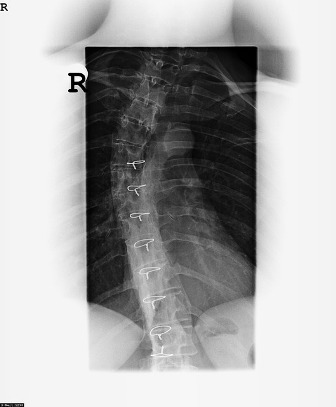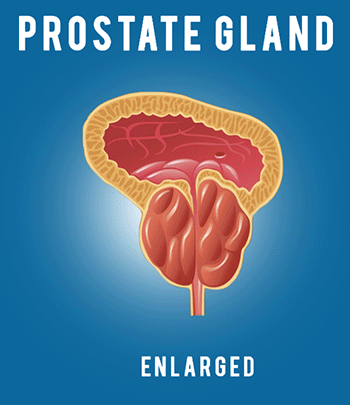Treating Neuromuscular Scoliosis with Chiropractics
Treating Neuromuscular Scoliosis with Chiropractics

Scoliosis is the kind of ailment affecting the spine that can be seen with the naked eye. Referring to an aberrant curvature of the connected vertebrae, this condition may present either because there is another condition which is already affecting the muscles or because it is a birth defect. Sadly, scoliosis is not the kind of condition that can be treated solely with chiropractic care, but instead it is a study in true interdisciplinary cooperation.
Treating Neuromuscular Scoliosis with Chiropractics
Generally speaking, the first indication that scoliosis is apparent obviously comes with a curved spine. The curve might go either to the left or the right, but it is painfully obvious. Interestingly, this condition is not always a birth disorder but may be dormant until a later time, such as adolescence, at which point a sudden appearance of a hump may indicate the problems the spine is experiencing. Adding to this diagnosis is the fact that suddenly hips and shoulders are no longer even but may be lacking symmetry.
At this time a physician is usually sought out for help. While some patients will first go to a chiropractor, the latter will generally emphasize the need for another medical professional to also make a diagnosis since oftentimes surgery is necessitated by the presentation of the scoliosis. When the consultation with the chiropractor occurs after a diagnosis is made by a medical doctor, the reason is usually two-fold: the goal is either to avoid surgery or to support the surgeries that have already occurred and the medications that have been prescribed. While the former – generally speaking – is an unlikely though not impossible scenario, the latter is a wise decision on the part of the patient.
The chiropractor will appreciate having access to your x-rays simply to confirm the exact location of the problem. Additionally, any surgical procedures performed should be amply documented, preferably with a prognosis for results and a summary of results actually obtained, and also an exact summary of the medications prescribed, the frequency of injections, and the outlook for progression. Sadly, in younger patients progression is much more likely than in adult onset cases, yet each case revolves on its own facts and there is no guarantee of stemming the effects of scoliosis.
Quite often chiropractors report that they have great success when treating neuromuscular scoliosis, and in addition to mild manipulation the stress is put on weight bearing exercises which also focus on maintaining and perhaps even increasing the ability of the spine to move. The goal is to avoid an occurrence of a slip which may actually lead to a decrease of the range of motion instead of an increase. While it is rare that this happens, it is a very real danger if the exercise regimen is not strictly followed and the patient’s spine is permitted to remain idle and without proper strength training. There are actually times when a chiropractor will suggest the use of light muscle stimulation with the help of a low electric charge, yet this is rarely recommended without the chiropractor and physician first communicating about the long term outlook and short term goal setting.


